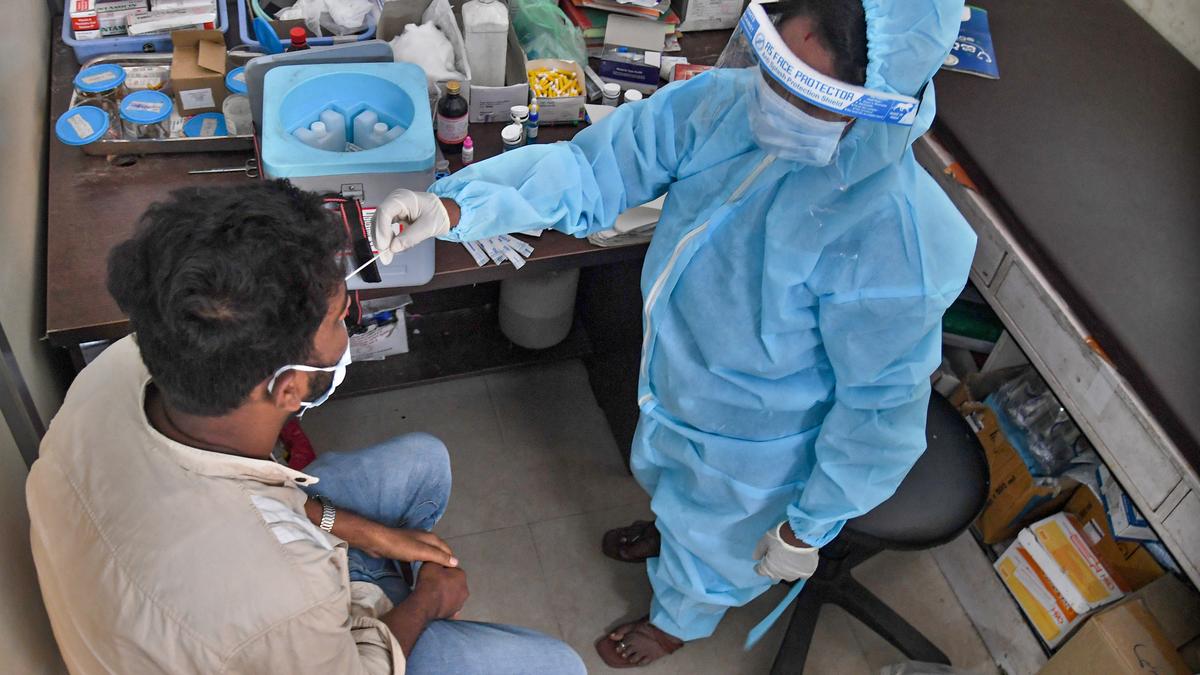Summary:
India is seeing a slight increase in COVID-19 cases, similar to what’s happening in some other Asian countries. While the government is keeping a close watch and has asked states to be careful, officials say most cases are mild and don’t need hospitalisation. This new wave seems to be driven by a variant of the Omicron family. Local health authorities are also taking steps to monitor the situation.
What’s Behind the Recent Covid-19 Spike in India?
The Indian government has recently confirmed a small rise in COVID-19 cases across Asia, including India. So far this year, India has reported 257 cases. All states have been warned to stay alert and take steps to prevent the spread.
Maharashtra has seen the biggest jump, with active cases going from 12 to 56 in just one week. Other states like Kerala and Tamil Nadu have also reported more COVID-19 cases. States such as Karnataka, Gujarat, Delhi, Haryana, Rajasthan, and Sikkim have reported very few infections, with numbers in the single digits.
Health Ministry officials told The Hindu that “As per preliminary information available, the cases are mostly mild, not associated with unusual severity or mortality.” This means most people getting infected are not very sick and there haven’t been many serious cases or deaths.
Is the Virus Active in Southeast Asia?
Yes, a significant number of cases have been reported in major Asian cities like Hong Kong and Singapore. Health authorities in Hong Kong and Singapore, as well as China and Thailand, have advised people to get new booster shots to protect themselves.
Singapore’s Health Ministry stated, “While the increase in cases could be due to factors including waning population immunity, there is no indication that the circulating variants are more transmissible – or cause more severe cases – than during the pandemic.” This suggests that while more people might be getting infected due to less immunity, the current virus strains don’t seem to be spreading faster or causing more severe illness than during the main pandemic.
What are the Government’s Guidelines for States?
Experts believe the current increase is due to the JN.1 variant and its related types, which are part of the Omicron family of the virus. Health authorities in Singapore have also noted that new versions, LF.7 and NB.1.8, which are also descendants of the JN.1 variant, are spreading quickly.
India’s Health Ministry recently reviewed the situation in the country to understand any risks. They said that they are “alert and proactive, ensuring readiness to protect public health as the situation evolves.”
A Union Health Ministry official, after a high-level meeting with health experts, said, “Nearly all the cases in India currently are mild, and do not require hospitalisation. Hospitals have been advised to closely monitor influenza-like illnesses and severe acute respiratory infections.” This means hospitals are being told to keep a close watch on people with flu-like symptoms and serious breathing problems.
The official also added that based on early reports, cases in India continue to be mostly mild, without unusual severity or deaths. The Ministry stated, “The COVID situation in India continues to be under control.”
It’s worth remembering that on March 11, 2020, the World Health Organisation (WHO) declared the COVID-19 outbreak a pandemic. They asked countries to take immediate steps to treat, detect, and reduce the spread of the virus to save lives.
What was the Recent Covid Deaths Controversy About?
Recently, the Central Government also commented on the higher number of COVID-19 deaths during 2020-21, as shown in the latest Civil Registration System (CRS) data. This new data, which is India’s official record of births and deaths, showed that about 21 lakh (2.1 million) more deaths were recorded in 2021, the year of the severe Delta wave of Covid-19, compared to 2020.
A senior Health Ministry official clarified, “All deaths are not equal to COVID-19.” They added that India’s total excess deaths for 2020-2021 were 9.3 percent higher than expected deaths. This figure was lower than that of countries like the U.S., Italy, and Russia.
The official further explained that the increase in deaths recorded in the CRS could be due to several reasons. These include a larger population, better reporting methods over time, and more people understanding the importance of registering deaths, leading to higher registration levels.
Editor’s Note: This article is an adaptation of a news report from The Associated Press, rephrased for a general audience in India. All original facts and figures have been maintained.

